The morning of Day Two on the Lares Adventure I woke up abruptly around 2am with a stomachache and a sinking feeling of impending issues. Noooooooooooo. Sure enough, I spent the rest of the night into the dawn tending to some kind of stomach bug, most likely from not being careful enough with the water situation in Peru (I did rinse my toothbrush in the sink throughout the trip knowing it was a no-no). I self-medicated with all of the over-the-counter supplies in my luggage, hoping that things would clear up in time to leave with the group for the day’s activities, but no such luck. To be on the safe side and to promote healing before the remaining days on the trek, I decided to rest at the lodge for the day.
Chris immediately defaulted to staying back with me, but I begged him to continue with the trek and to come back with lots of stories and photos. I verbally nudged him out the door from my spot in our cozy bed, and off he went. Meanwhile, the wonderful staff of Lamay Lodge and MLP took great care of me, providing me with an electrolytes mixture to drink throughout the day, and the absolute most perfect homemade soup and toast for lunch. I passed the day by watching Netflix on my iPad, and I was so grateful for the incredibly comfortable place to convalesce.

The group returned that evening after a long, full day of visiting the local town, enjoying a traditional Pachamanca meal, and hiking to a beautiful archaeological site. I was completely gutted to miss this day, but super happy that Chris got to enjoy it! And because it’s just Chris that experienced Day Two, every single one of these photos in the rest of the post is his! So photo credits all go to Chris, and I’m going to do my best to re-tell his stories. He is not a blogger, and quickly passed when I offered him the option to write a guest post.
So, while the exact details are a little on the fuzzy side for Chris (I’m writing this a month after it happened, so I’ll cut him some slack!), they started the day with a visit to a botanical garden in Pisac, the Jardin Botanico Pisac, which also housed a collection of Peru’s native potatoes and insects. It’s okay with me that I missed the bug display portion of the day. Also of note: there are around 4000 different types of potatoes in the Andean region (Peru, Bolivia, and Ecuador)!





Also in Pisac, they visited the market for some shopping and to watch a baker at work. Chris bought his first Inca Cola (it tastes similar to cream soda) and brought back some Peruvian chocolate for me which I happily ate once I was feeling better. Based on Chris’s description and what I can tell from the photos, a weekday morning must have been a good time to go to this market because I’ve read from other sources that it’s quite bustling at times, especially on Sundays when additional vendors arrive to sell to the local communities.





After the market visit, they headed off towards the Andean village of Viacha where everyone watched a foot plow demonstration and the preparation of the traditional Pachamanca meal, which is cooked beneath the ground using hot stones.




Look at that view! I can’t imagine a more perfect picnic location. The meal consisted of lamb, chicken, guinea pig, plantains, vegetables, corn, and of course potatoes. The fact that the culinary team can prepare such a gorgeous meal using ancient techniques in this location blows my mind.
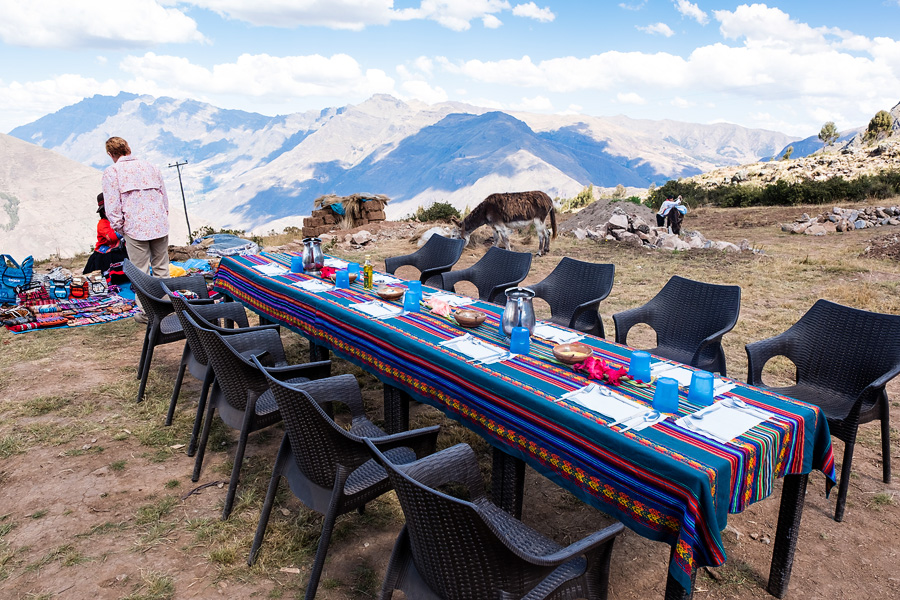


Satisfied from a very special lunch, the group continued with the scenic hike through the village and down the mountain. They came upon a quinoa farmer drying his crop in the sun on the hillside before eventually reaching the archaeological site of Pisac.




I love that this hike included such stunning views over the Inca Pisac ruins and agricultural terraces. These views of the citadel high up on the ridge give us an idea of the Incas’ incredible work ethic. To build this site manually, they had to maneuver all of those stones up against gravity without the use of machines or even vehicles since they did not use wheels. Impressive, right? We continued to see these kinds of examples throughout the week.
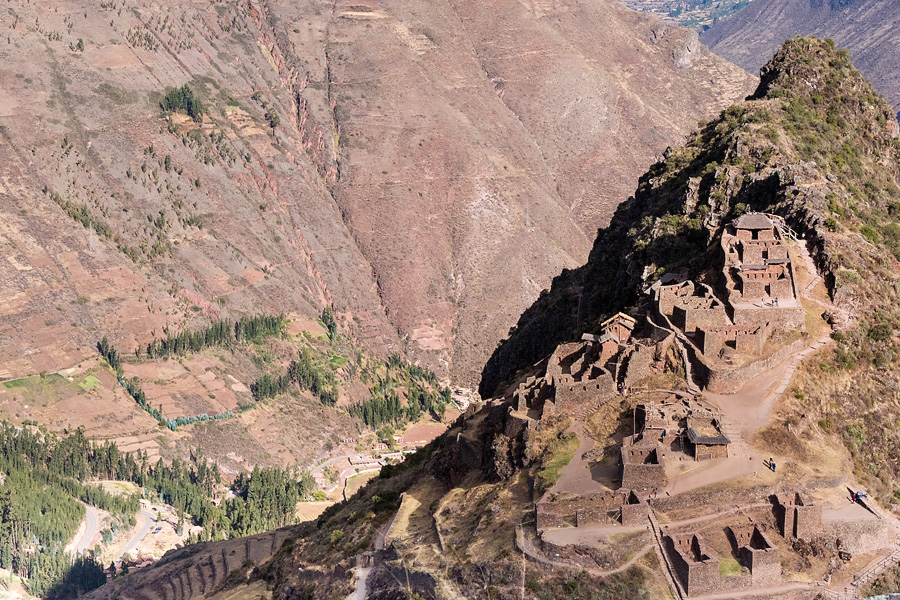

Aren’t Chris’s images beautiful? I’m really glad he went and enjoyed such a fun and fascinating day, and that he took these photos (and video – I’ll put those clips together soon) so I can feel like I didn’t completely miss out. Thankfully after a day of resting, my stomach was feeling much better and I was able to rejoin the group for Day Three, and that’s up next!






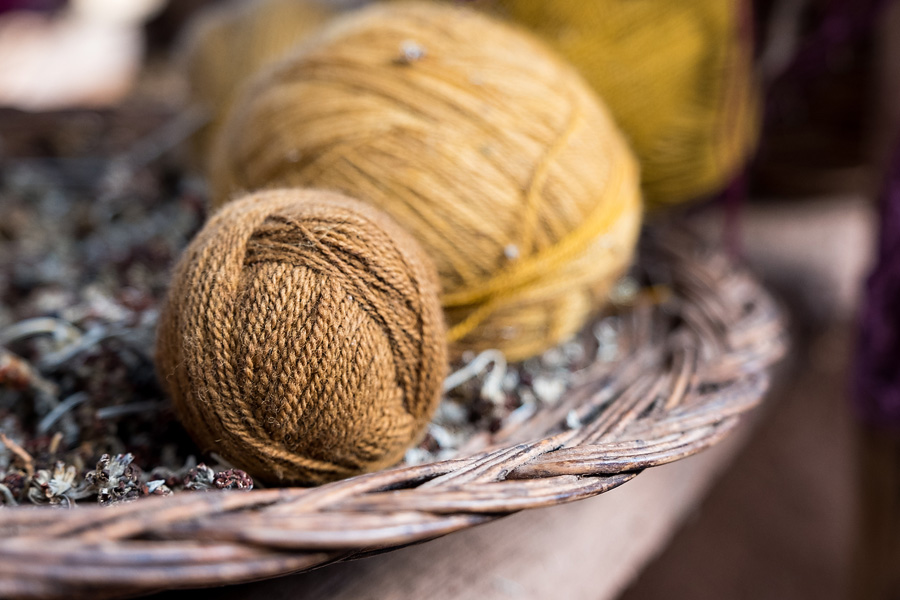




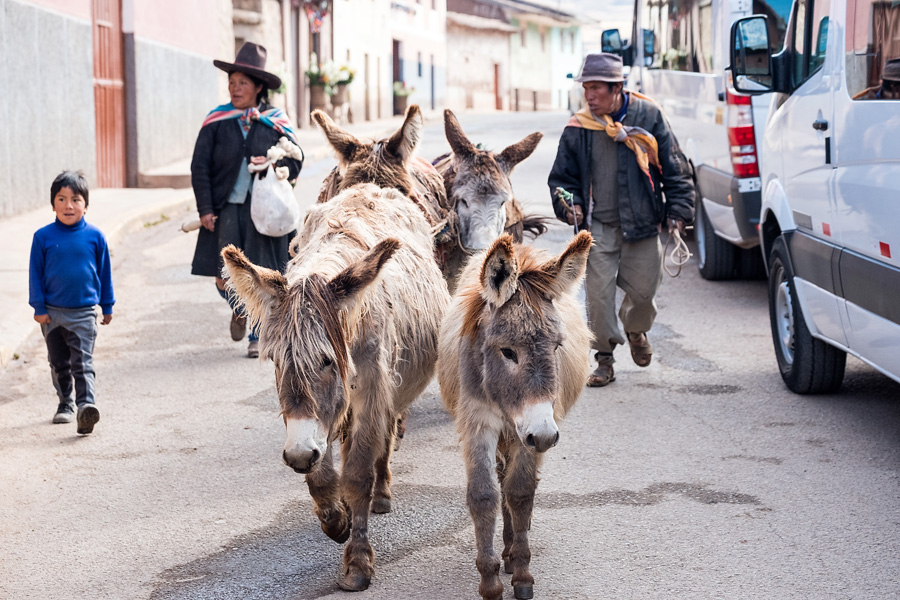
















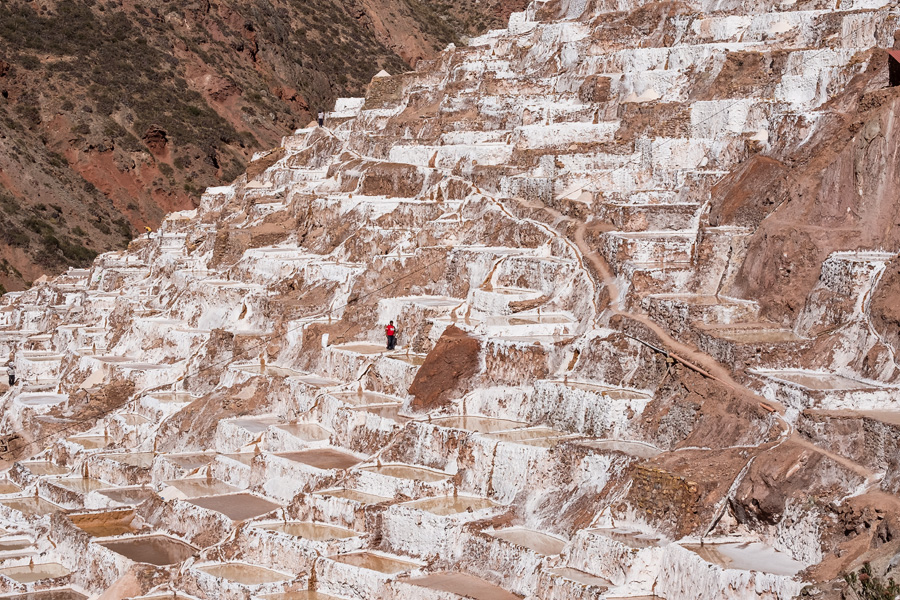







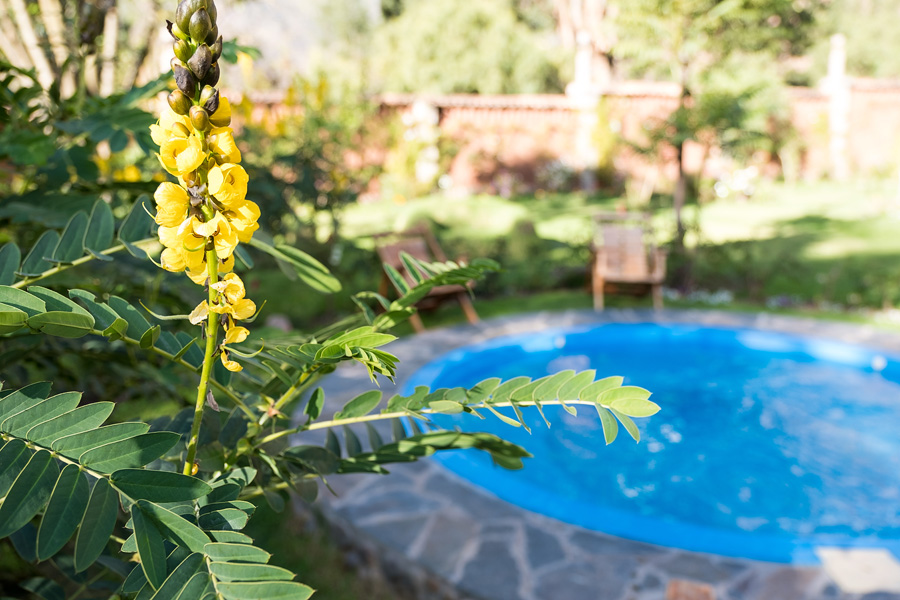







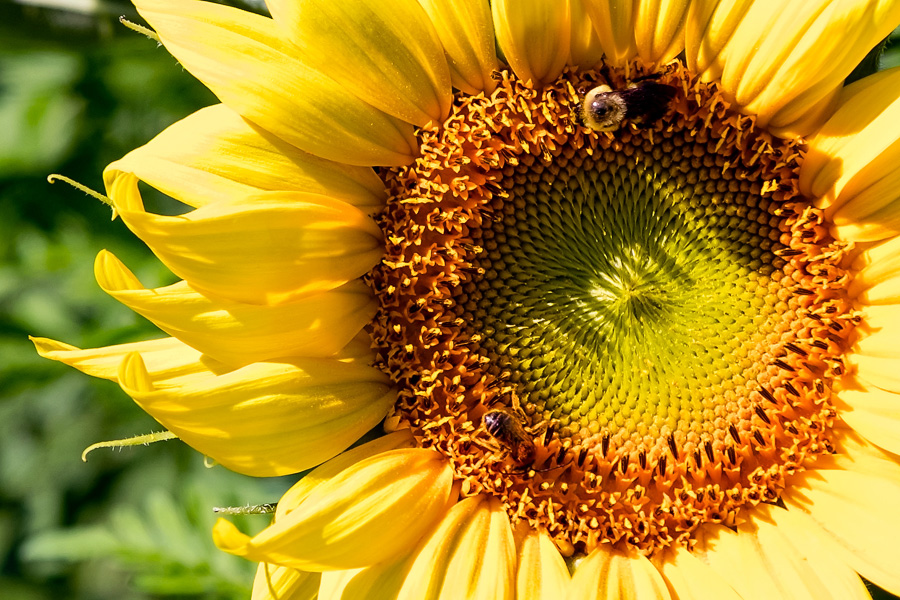






















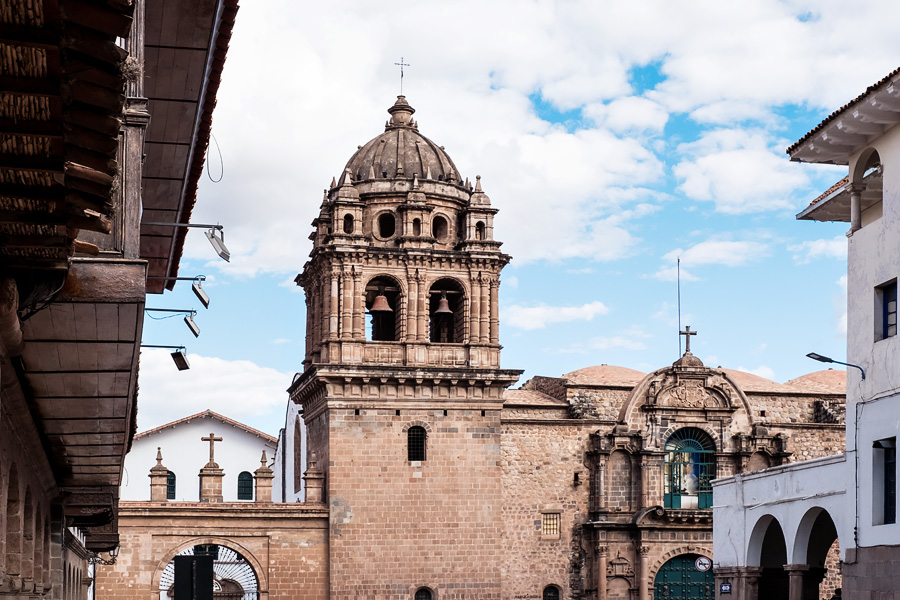


















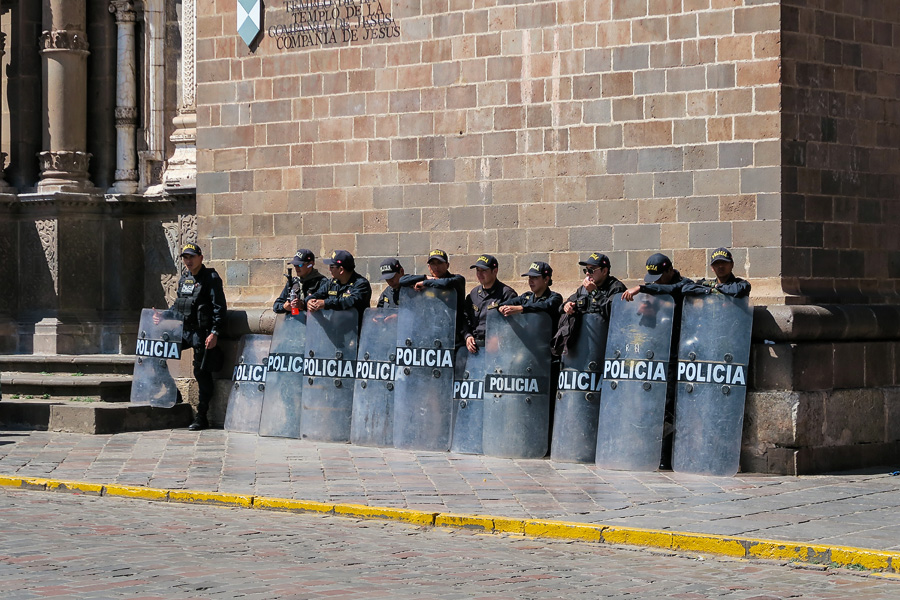



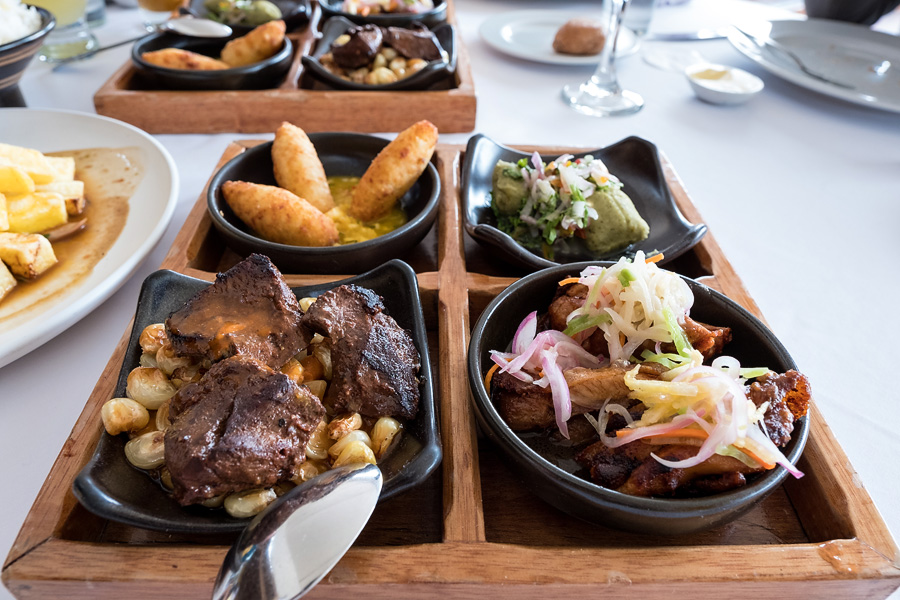








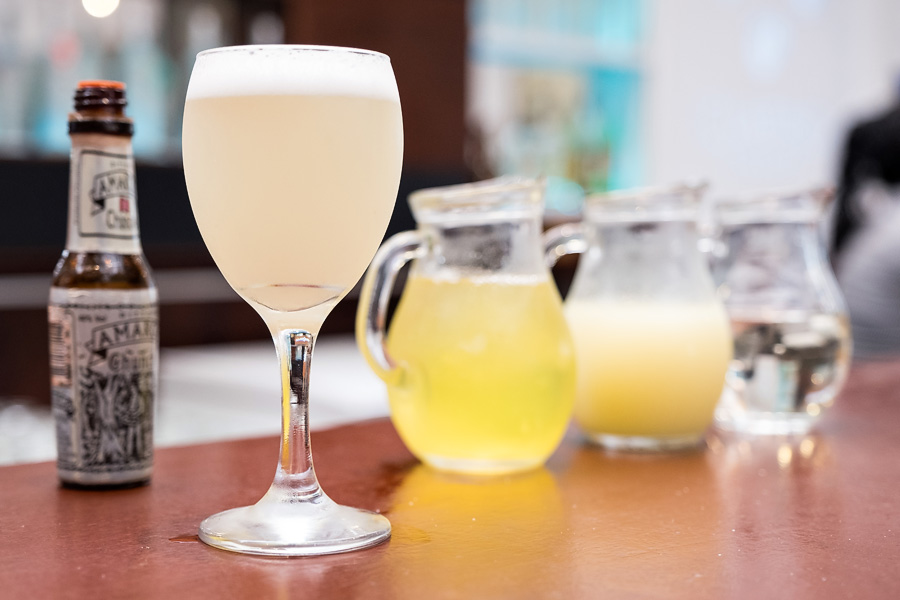











 For the grand finale to our Lima caloriefest, Chris and I headed to
For the grand finale to our Lima caloriefest, Chris and I headed to 
